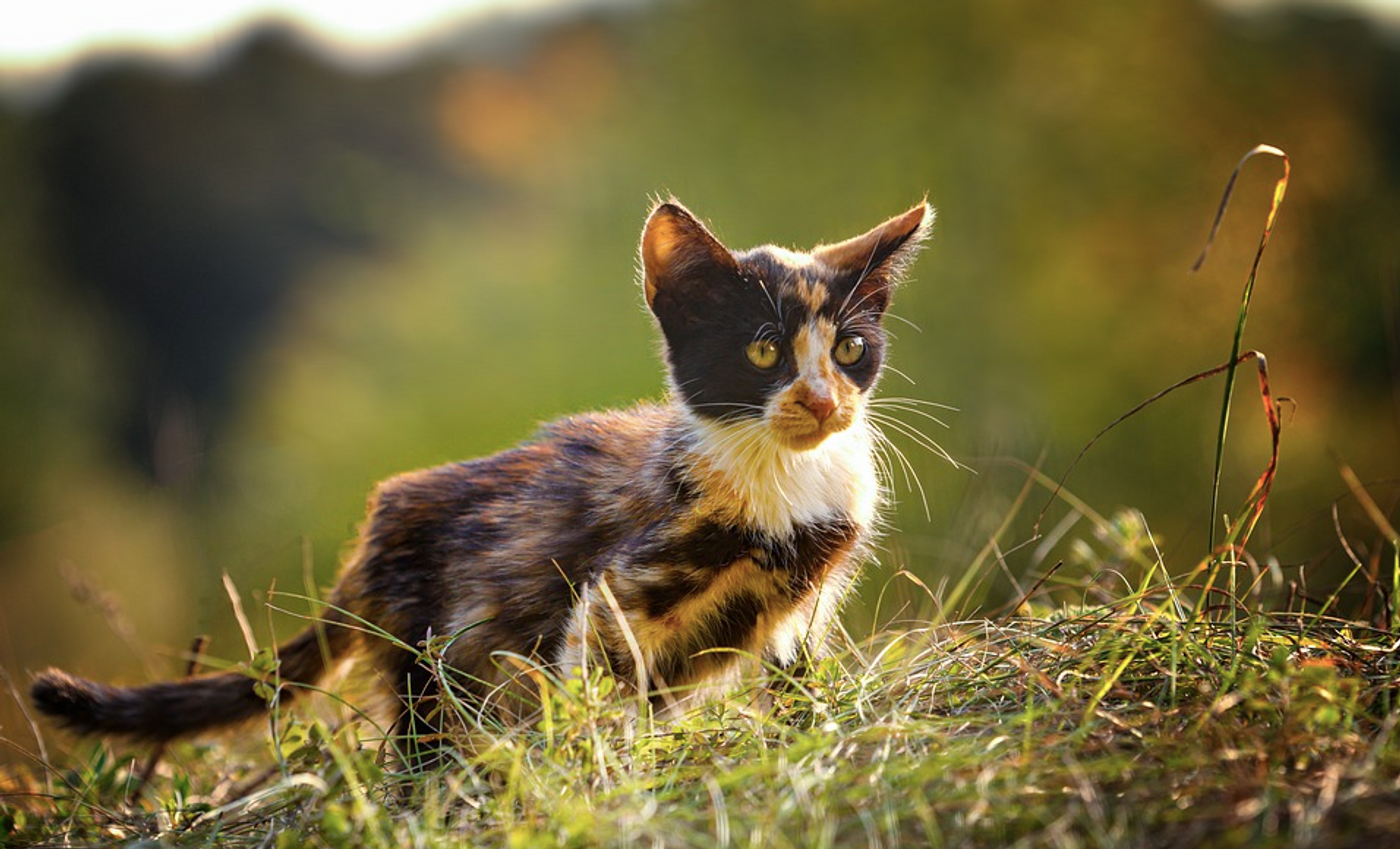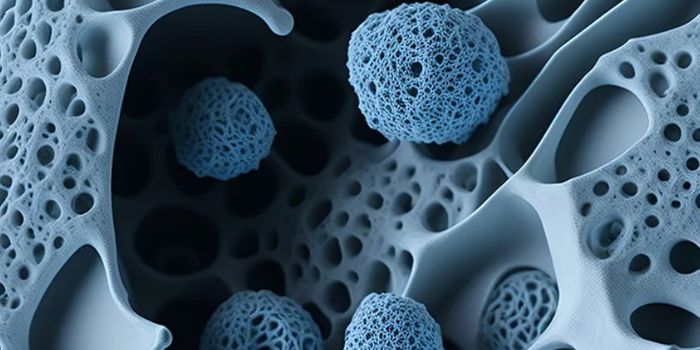Can Cats Help Us Learn More About Genomic Dark Matter?
Cats have been a part of human society for thousands of years, and now scientists are suggesting that they could help provide valuable insight into the noncoding portions of the mammalian genome. Leslie Lyons, an expert in veterinary medicine at the University of Missouri, has written in Trends in Genetics that scientists are overlooking the research value of cats. She noted that the feline genome is organized in a way that's similar to the human genome. While the genomes of mice (a common research model) or dogs have chromosomes that aren't like ours, the protein coding genes carried by domestic cats "are about the same size as humans, as well as a genome that, like humans, is very organized and conserved," said Lyons.
If a portion of the genome is said to be conserved, that means it's very similar even between very different species; even as animals evolved, the gene remained relatively unchanged. Such genes are often thought to have particular significance or importance.
Many molecular techniques are built around understanding how and when genes are expressed as proteins, and what happens to cells when those proteins are lost. Usually, research models like cell lines or mice are used for those studies.
But a huge portion of our genome does not code for protein. Researchers once disregarded that genetic material as useless junk, but more recent studies have found functional roles in gene regulation for some of this non-coding DNA. It's sometimes now referred to as genomic dark matter because we know so little about it. Investigating the role of non-coding DNA can be extremely challenging. Since some non-coding portions of the feline genome have been linked to cat disease, Lyons noted that cats might be useful as a model organism for studying non-coding DNA.
"As we discover that perhaps animals have more similar spacing between genes and the genes are in the same order, maybe that will help us to decipher what's going on with humans," Lyons said. "Working with a primate is on the expensive side, but a cat's affordability and docile nature make them one of the most feasible animals to work with to understand the human genome."
It's also possible to engineer transgenic cats. In 2001, the first cat clone, which was named CopyCat or Cc, was created. Although the donor cell for the clone came from a calico cat with black, orange, and white fur, CopyCat did not have any orange fur, showing that we also have more to learn about genetic inheritance in cats.
A project called the 99 Lives Consortium is seeking to link genetic mutations to certain traits in cats, whether they are related to appearance, like fur color, or they cause disease. It's now possible to sequence the entire genome of a cat for about $750. Learn more about the goals of the project here.
Sources: Phys.org via Cell Press, Trends in Genetics









